Saskatchewan Grade 8 Science - Full Year Bundle - GOOGLE/PDF INCLUDED
Saskatchewan Grade 8 Science - Full Year Bundle - GOOGLE/PDF INCLUDED
Interested in a bundle? Shop below instead!
Couldn't load pickup availability
PRODUCT PREVIEW
Grade 8 – Saskatchewan Science Curriculum – This resource covers all outcomes and indicators in the Grade 8 - Saskatchewan Science Curriculum.
GOOGLE CLASSROOM VERSION - PDF INCLUDED! This gives you the ability to print worksheets as well as distribute a digital copy of the resource to your students on Google Classroom.
Check out each of the strands below to learn more about the resources included in this bundle.
Cells, Tissues, Organs and Systems
Some of the concepts that are covered:
- What is a cell?
- Cell theory
- Organelles in cells – nucleus, cell membrane, cytoplasm, cell wall, mitochondria and more
- Research assignment – organelles in plant and animal cells
- Diagrams of plant and animal cells
- Comparing plant and animal cells – structure, organelles, size, shape
- Identifying plant and animal cells
- Experiment/activity – building a 3D model of a cell
- Diffusion of molecules in cells
- Osmosis in cells
- Factors affecting diffusion
- Diffusion and the exchange of gas in humans and frogs
- Ideal solutions for cells – osmosis
- Unicellular organisms – Amoeba and Paramecium
- Research assignment – studying unicellular organisms
- Multicellular organisms – humans, worms, and frogs
- Levels of organization – cells, tissues, organs, and organ systems
- Researching organ systems to learn about the organs, tissues, and cells included
- Circulatory system – diagrams, reading and questions
- Circulatory system experiment – testing heart rate and exercise
- Components of blood – red blood cells, white blood cells, platelets, and plasma
- Respiratory system – diagrams, reading, and questions
- Interrelationships between life systems
- Immune system – reading, diagram, and questions
- Vital signs – respiration rate, heart rate, body temperature, and blood pressure
- Immune system – fighting microbes using white blood cells and antibodies
- Medical advances – vaccines and antibiotics
- Microscopes – invention, innovations, and how they advanced cell research
- Electron microscope
- Experiment – examining an onion using a microscope
- Diseases – Stroke, Asthma, Celiac, and Epilepsy – readings and questions for all four
- Activity: Role Play – The impact of losing a major organ
- Stem cell technologies treating disease – Alzheimer's and Spinal injuries
- Researching advantages and disadvantages of stem cells
- Cellular agriculture – cultured meat
- Using cultured meats – multiple perspectives (animals, environmentalists, livestock farmers)
- Epidemics and pandemics
- Unit test
- Answer pages for all activities
Optics and Vision
Some of the concepts that are covered:
- What is light?
- Different sources of light
- Incandescence light and fluorescence light – natural and artificial examples
- Electromagnetic radiation types
- Useful applications and harmful effects of radio waves, infrared, ultraviolet radiation, x-rays, and gamma rays
- Reading an infographic – harmful radon gas effects
- Assignment – creating an infographic on the harmful effects of electromagnetic radiation
- Properties of light – light absorbing, light reflecting, and light refracting
- Rectilinear propagation – reading and questions
- Experiment – demonstrating rectilinear propagation
- Experiment – light maze
- Measuring reflected light using diagrams and a protractor
- Light interacting with different materials – absorbing, reflecting, and refracting
- Light refraction – reading and questions
- Experiment – demonstrating refraction
- Experiment – refraction in water versus saltwater
- Refraction – measuring angles of incidence and angle of refraction
- Shadows – drawing shadows based on the location of a light source
- Experiment – understanding shadows
- Light transmission - transparent, translucent, and opaque materials
- Experiment – transparent, translucent, and opaque materials
- Coherent versus incoherent light – lasers
- Light technologies – LASIK and cataracts (eye surgeries)
- Optical devices in forensics
- Concave versus convex lenses
- Using convex and concave lenses
- Adjusting magnification using the size and position of lenses
- Optical devices that use convex and concave lenses: endoscopy, microscopes, and telescopes
- Vision – how do our eyes work?
- Binocular vision and binocular vision dysfunction (lazy eye, crossed eyes, etc.)
- Cones and rods
- Additive and subtractive theory of seeing light
- Experiment – creating colours
- Optical illusions – mirages and rainbows
- Comparing eyes and cameras
- Optical systems in animals – comparing to humans
- Unit test
- Answer pages for all activities
Forces, Fluids and Density
Some of the concepts that are covered:
- What is a fluid?
- Particle theory of matter – fluids
- Relationship between mass, volume, and density
- Density of gases, liquids, and solids
- Calculating density – mass/volume
- Calculating density using diagrams
- Experiment – density of solids
- Experiment – density of liquids
- How temperature affects the density of fluids
- Understanding density changes – water at 4 degrees Celsius: Lake Turnover
- Buoyancy – positive buoyancy, negative buoyancy, and neutral buoyancy
- Experiments determining buoyancy – water vs saltwater vs sugar water
- Experiment – buoyancy of different liquids
- Archimedes’ Principle
- Comparing a fish’s bladder vs ballast water
- Experiment – designing the ultimate cargo boat
- Pascal’s Law – buoyancy
- Performing calculations using Pascal’s Law
- Lighter-than-air flying devices – airships and hot air balloons (buoyancy of gases)
- Understanding viscosity
- Volumetric flow rate
- Factors affecting the flow of fluids – temperature, pressure, density, viscosity
- Flow rate using different sized tubes (different diameters)
- Experiment – comparing viscosities
- Researching the viscosities of various fluids
- Fluids with different viscosities – motor oils (5W-40)
- STEM Assignment – creating a motor oil for Canadians
- WHMIS – handling fluids safely
- Compressing gases – experiment and reading/questions
- Mishandling of compressed gases
- Hydraulic systems vs pneumatic systems
- Assignment – create a hydraulic model
- Researching pneumatic systems
- Pneumatic system – nail gun and air compressor
- Calculating pressure – force per unit of area (Newtons per metre squared, Pascals, Kilopascals, and PSI)
- Regulating fluids in the circulatory system and in engines
- Valves in mechanical systems
- Impacts of fluid technologies – renewable energy (wind turbines, hydro)
- Unit test
- Answer pages for all activities
Water Systems
Some of the concepts that are covered:
- Water distribution on Earth and in Saskatchewan
- The Cryosphere – glaciers on Earth
- Global water cycle – diagrams, reading, and questions
- Watershed System in Saskatchewan
- Research – My Watershed
- Importance of healthy watersheds
- Water table and aquifers
- Groundwater diagrams
- Experiment – building a groundwater model
- Drinking water systems – wells
- Water characteristics – potable, freshwater, and saltwater
- Saltwater – the total dissolved solids (TDS) in saltwater versus freshwater
- Water quality – pH levels, turbidity, bacteria, dissolved oxygen
- Experiment – determining pH levels in local bodies of water
- Human activities affecting water quality – agriculture, fossil fuels, sewage, pharmaceuticals
- Water treatment plants – research assignment and reading/questions
- Tertiary water treatment systems
- Rural water treatment systems – Septic tanks
- Experiment – creating a water filter
- Rainwater harvesting and greywater systems - technologies
- Desalination systems – converting saltwater to freshwater technologies
- Experiment – desalinization of saltwater
- First Nation and Métis water use
- Treaty rights – The Marshall Decision
- Overfishing in Saskatchewan
- Ocean currents and climate (El Niño)
- Weathering, erosion, and deposition
- Meandering streams
- Experiment – flow rate in streams
- Coastal erosion – formation of headlands and bays
- Effects of tides on shorelines
- Controlling coastal erosion – structural barriers, vegetation, and land-use planning
- Factors causing flooding – rainfall, snowmelt, quick thaw, storm surges, dam failures, etc.
- Using dikes and levees to prevent flooding
- Climate change – melting glaciers
- The effects of melting glaciers
- Aquatic habitats – oceans
- Deep ocean zones – research activity
- Oceanic basins – diagram
- Factors affecting aquatic environments – turbidity, temperature, sunlight, upwelling, water depth, nutrients
- Research assignment – creating an infographic about the characteristics of an aquatic ecosystem
- Unit test
- Answer pages for all activities
This is a comprehensive bundle that will save you hours of planning! It has been tested and found effective in helping students achieve the learning outcomes in the science curriculum.
Answer pages for all slides/sheets are included!
Share
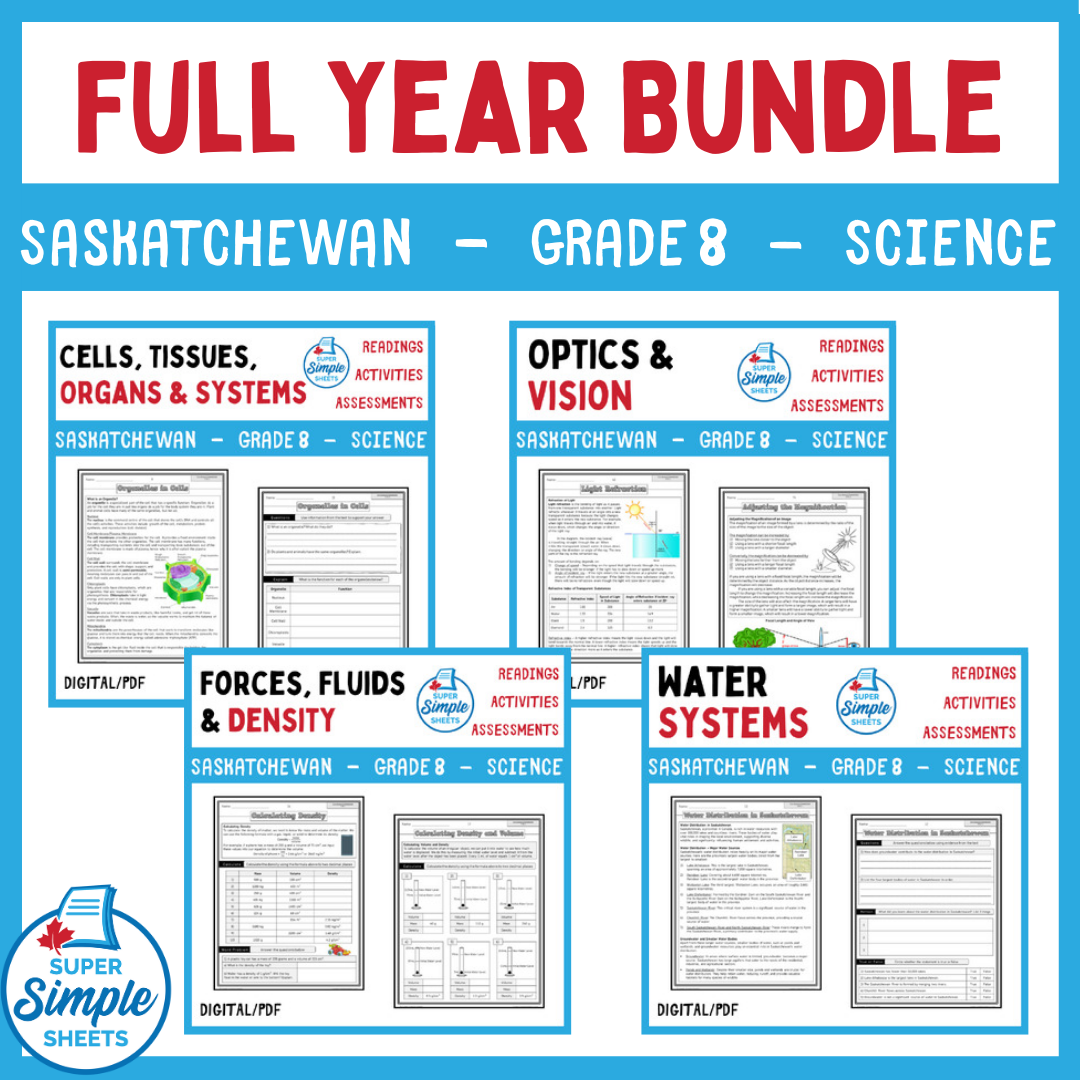
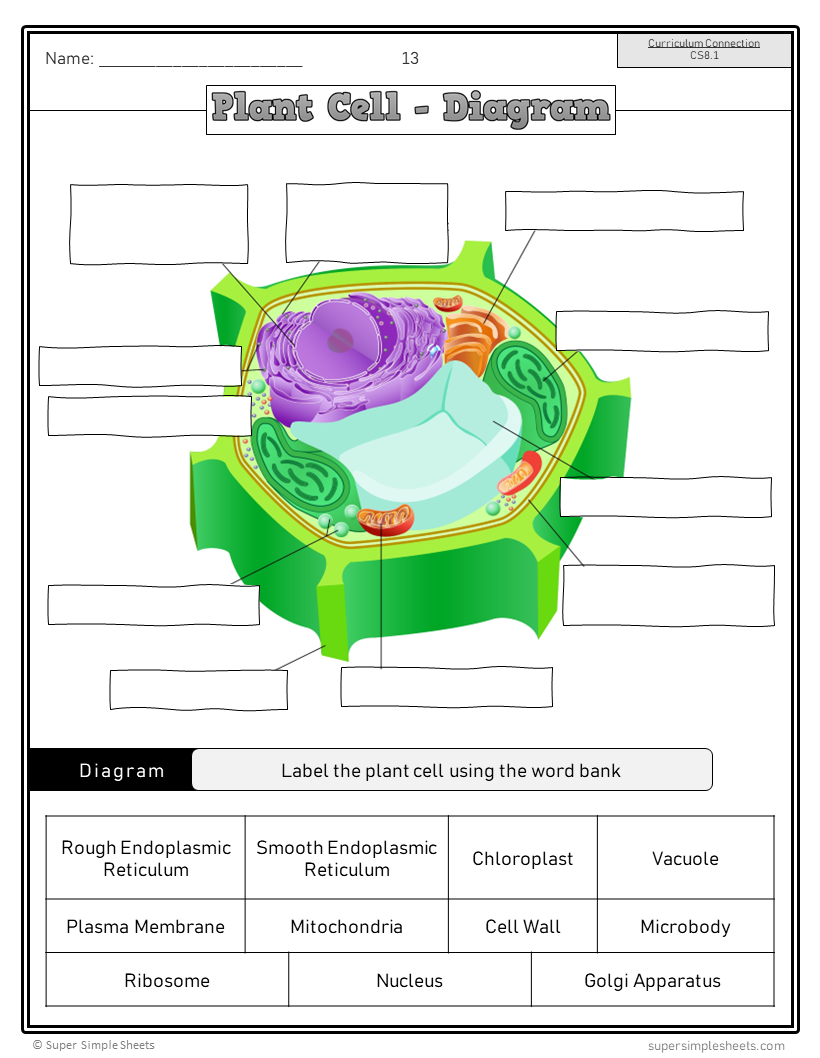
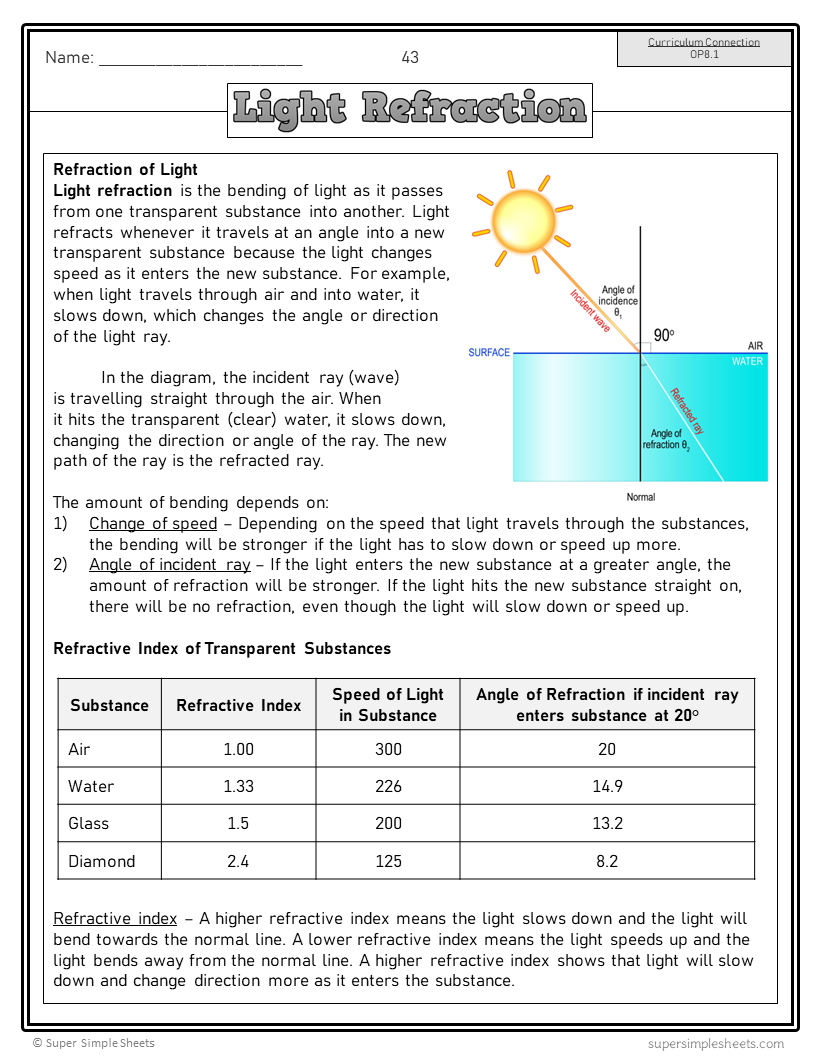
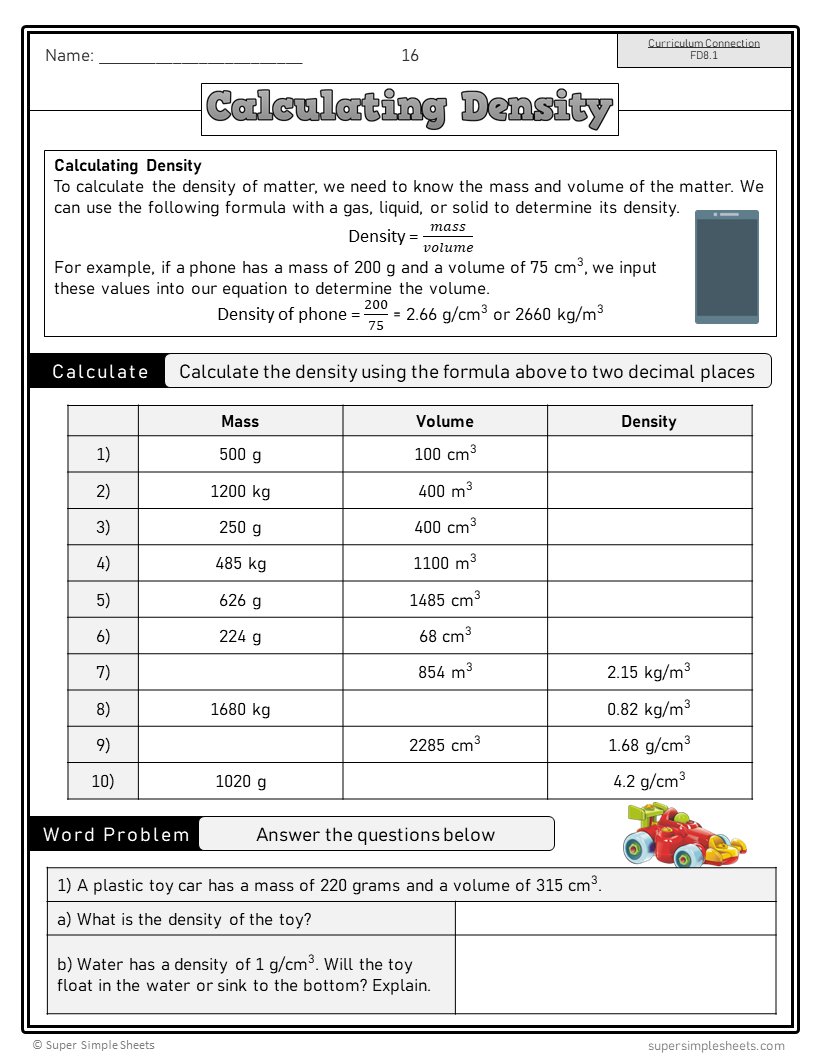
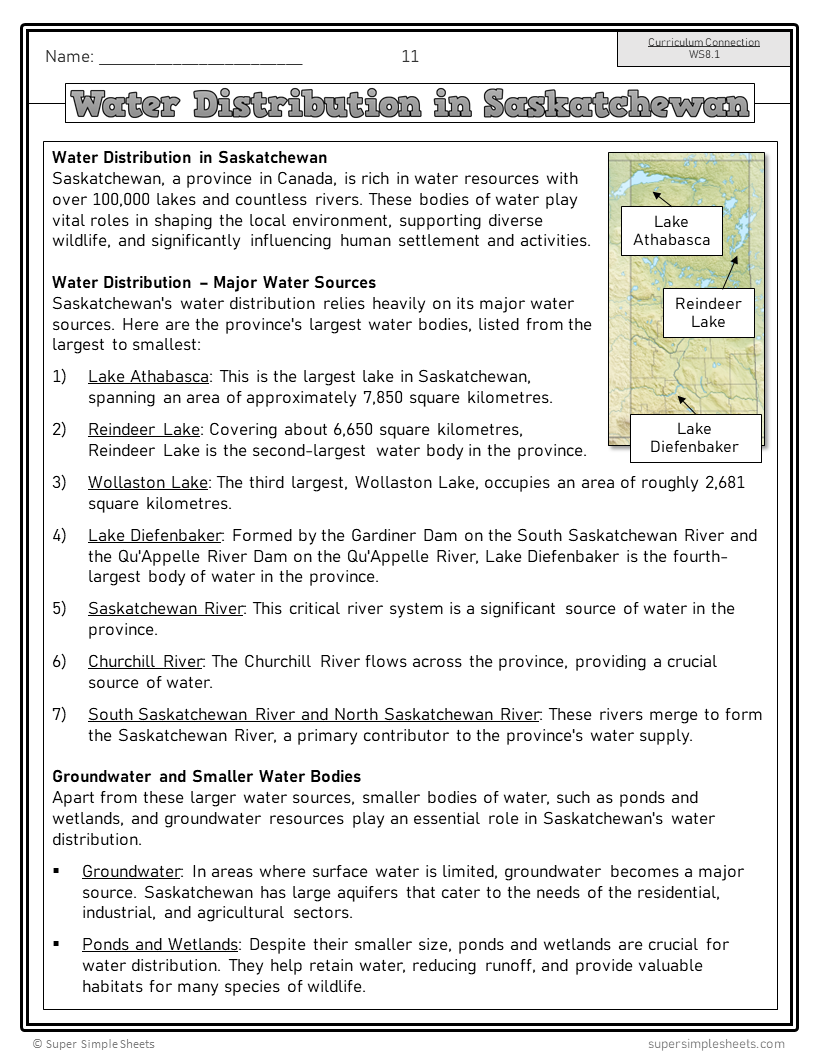
Perfect for my Saskatchewan students!
Easy to implement and supplement with additional materials.
Great for multi language classrooms.








